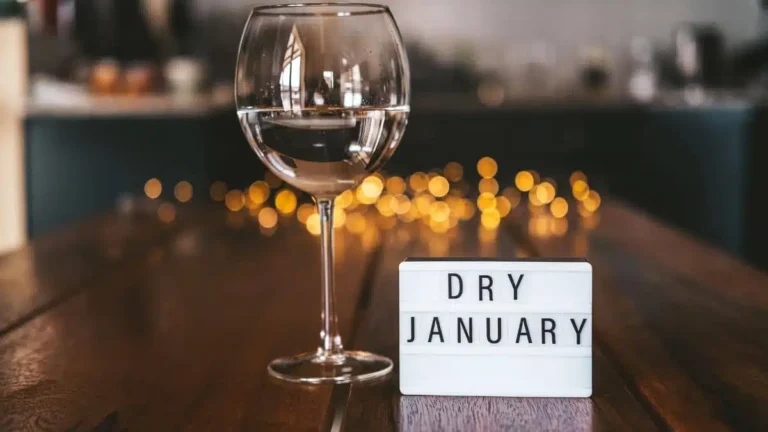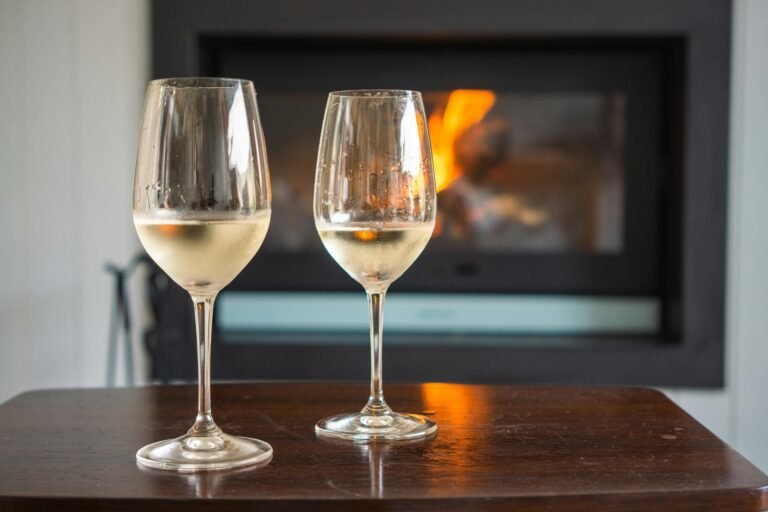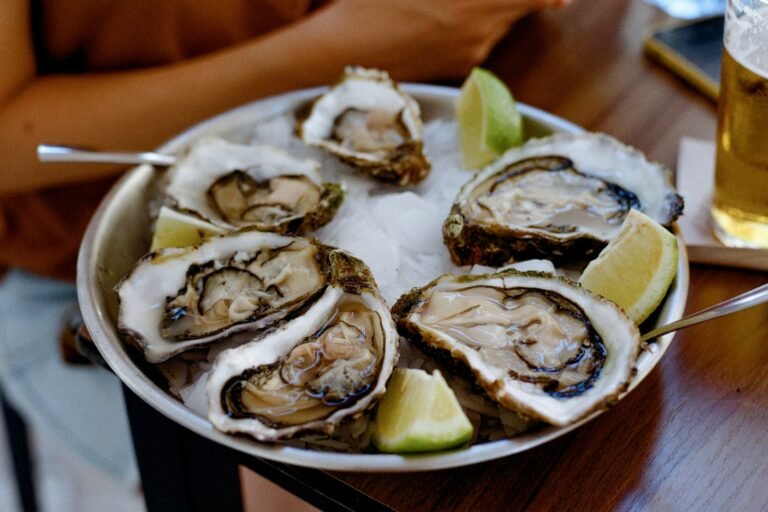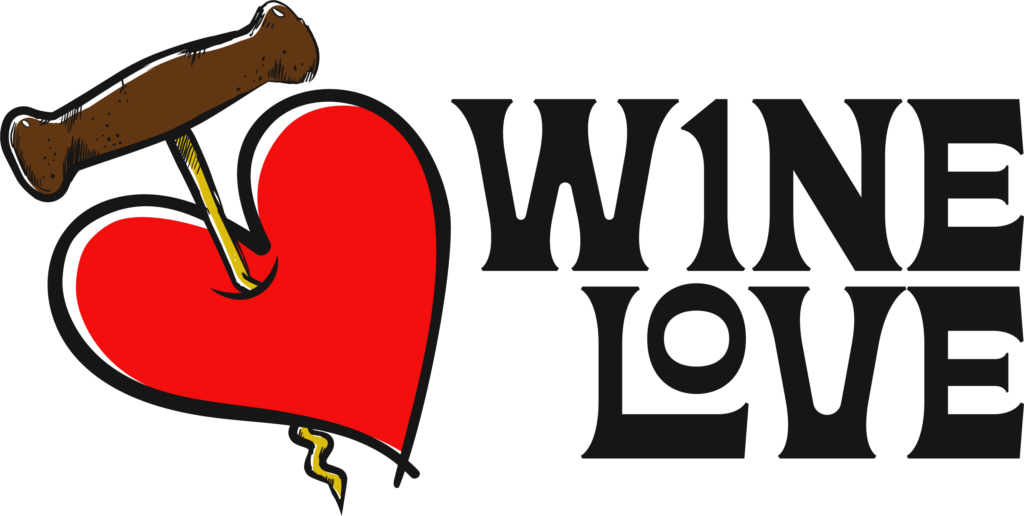A Toast to the Origin and the Perfect Way to End It with Dry Wine Ah, Dry January. That time of year when the festive fizz fades, and we all try to convince ourselves that abstaining from alcohol for a month will undo the indulgence of December. It’s a tradition that has grown immensely popular, but do you know how it all began?

Dry January originated in 2013 as a public health campaign in the UK, spearheaded by Alcohol Change UK. Its goal? To encourage people to take a break from drinking after the holiday season, giving the body a chance to reset and promoting a healthier relationship with alcohol. Little did they know, it would turn into a global phenomenon, with millions of people pledging to swap their glass of Merlot for a mug of herbal tea. But let’s face it—January often feels like the longest month of the year. It drags on, testing even the most dedicated of resolutions. In fact, doesn’t it sometimes feel like January has about 50 days instead of 31? That’s where a cheeky twist comes in: what if we took “dry” literally and gave Dry January a nod with… dry wine?
Dry Wine: Breaking the Dry Spell
For the uninitiated, a “dry” wine is simply a wine with little to no residual sugar. It’s crisp, refreshing, and perfect for easing back into the world of wine tasting. If you’re planning to reward yourself for surviving most of January, a dry wine is a brilliant choice. But which one should you try? Sauvignon Blanc: A classic dry white wine, bursting with zesty citrus notes and herbal undertones. It’s refreshing, vibrant, and feels like a splash of summer in the middle of winter. Chablis: This elegant dry Chardonnay from Burgundy offers a refined mineral character with subtle hints of green apple and lemon. A glass of Chablis is like a classy pat on the back for sticking to your goals.

Pinot Noir: If you’re craving something red, Pinot Noir is an excellent dry option. With its light body and flavours of red berries and earthy undertones, it’s sophisticated without being too heavy.
Brut Champagne: Why not end Dry January with a pop? A Brut Champagne is technically a dry wine, with just enough crispness to remind you that life is meant to be celebrated.
Food Pairings to Match Your Dry Wine
Of course, no wine experience is complete without food. To complement your dry wine, try these delicious pairings: Sauvignon Blanc: Pair it with goat’s cheese or a light fish dish like grilled sea bass. Chablis: Enjoy it with oysters, shellfish, or a creamy chicken dish.

Pinot Noir: This is a versatile red that pairs beautifully with roasted duck, mushroom risotto, or even a simple roast chicken.
Brut Champagne: Perfect with smoked salmon canapés, sushi, or even salty snacks like crisps or popcorn.
So, whether you’re sticking to Dry January or planning a celebratory exception, remember: life’s too short to take January too seriously. A crisp dry wine might just be the perfect way to end the longest month of the year on a high note. Cheers!
